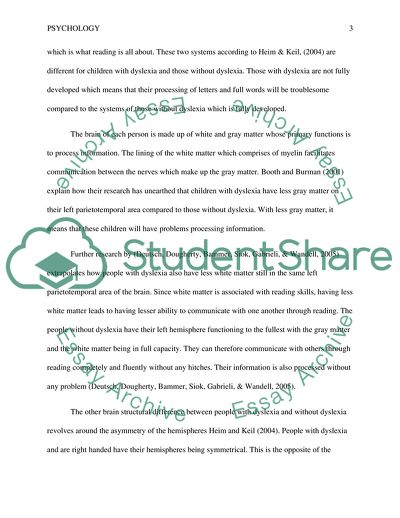Cite this document
(Dyslexia Literature review Example | Topics and Well Written Essays - 1250 words, n.d.)
Dyslexia Literature review Example | Topics and Well Written Essays - 1250 words. https://studentshare.org/psychology/1845047-dyslexia
Dyslexia Literature review Example | Topics and Well Written Essays - 1250 words. https://studentshare.org/psychology/1845047-dyslexia
(Dyslexia Literature Review Example | Topics and Well Written Essays - 1250 Words)
Dyslexia Literature Review Example | Topics and Well Written Essays - 1250 Words. https://studentshare.org/psychology/1845047-dyslexia.
Dyslexia Literature Review Example | Topics and Well Written Essays - 1250 Words. https://studentshare.org/psychology/1845047-dyslexia.
“Dyslexia Literature Review Example | Topics and Well Written Essays - 1250 Words”. https://studentshare.org/psychology/1845047-dyslexia.


